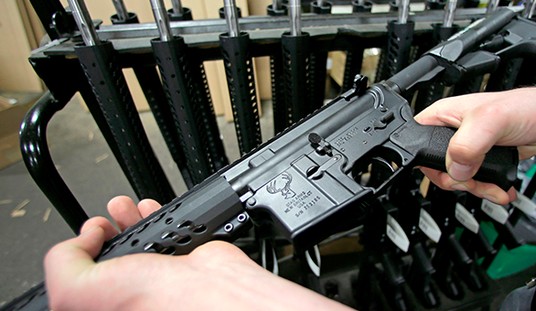This shouldn’t come as a shock to anyone, but the ATF has now officially banned the importation of inexpensive steel core ammunition in 5.45×39, the default caliber of AK-74-based pistols.
Here’s the official statement:
TEST, EXAMINATION AND CLASSIFICATION OF 7N6 5.45X39 AMMUNITION
On March 5, the Bureau of Alcohol, Tobacco, Firearms and Explosives (ATF) received a request from the U.S. Customs and Border Protection agency (CBP) to conduct a test, examination and classification of Russian-made 7N6 5.45×39 ammunition for purposes of determining whether it is considered “armor piercing ammunition” as defined by the Gun Control Act (GCA), as amended. Since 1986, the GCA has prohibited the importation of armor piercing ammunition unless it is destined for government use or testing. The imported ammunition about which CBP was inquiring was not destined for either excepted purpose.
The Gun Control Act of 1968 (GCA), as amended, defines the term “armor piercing ammunition” as:
“(i) a projectile or projectile core which may be used in a handgun and which is constructed entirely (excluding the presence of traces of other substances) from one or a combination of tungsten alloys, steel, iron, brass, bronze, beryllium copper, or depleted uranium; or
(ii) a full jacketed projectile larger than .22 caliber designed and intended for use in a handgun and whose jacket has a weight of more than 25 percent of the total weight of the projectile.” (emphasis added)
When ATF tested the 7N6 samples provided by CBP, they were found to contain a steel core. ATF’s analysis also concluded that the ammunition could be used in a commercially available handgun, the Fabryka Bronie Radom, Model Onyks 89S, 5.45×39 caliber semi-automatic pistol, which was approved for importation into the United States in November 2011. Accordingly, the ammunition is “armor piercing” under the section 921(a)(17)(B)(i) and is therefore not importable. ATF’s determination applies only to the Russian-made 7N6 ammunition analyzed, not to all 5.45×39 ammunition. Ammunition of that caliber using projectiles without a steel core would have to be independently examined to determine their importability.
It’s interesting to me that the language is very specific, and “applies only to Russian-made 7N6 ammunition analyzed.”
Russian only? I wonder why.
The ruling seems to allow the importation of 7N6 ammunition from Bulgaria, Kyrgyzstan, Poland, Romania, Ukraine, Uzbekistan, and anywhere else that produced 7N6 before or after the Iron Curtain fell, and doesn’t slow the importation of any other ammunition types within the caliber.
While there is a great deal of frustration and anger over the ruling on various gun sites and forums, I’m not certain what practical effect the ban will really have at this time. It looks like it might make ammo more expensive in the caliber than it was in the past, but rumors are that the Russian 7N6 stockpiles were drying up anyway (Russian forces had long ago moved to more effective 7N10 and 7N22 ammunition).
The ruling won’t apparently make other flavors of 5.45×39 hard to get, and it is still going to be far cheaper than .223/5.56 ammunition or even 9mm ammunition.
Looking at Ammoseek at the moment, there seem to be many alternatives to the Russian 7N6 in the $.023-$0.27/round range, including full-metal-jacket, hollowpoint, and softpoint choices.
This isn’t good news by any stretch, but it doesn’t appear to be the end of the world as some are suggesting, either.








Join the conversation as a VIP Member